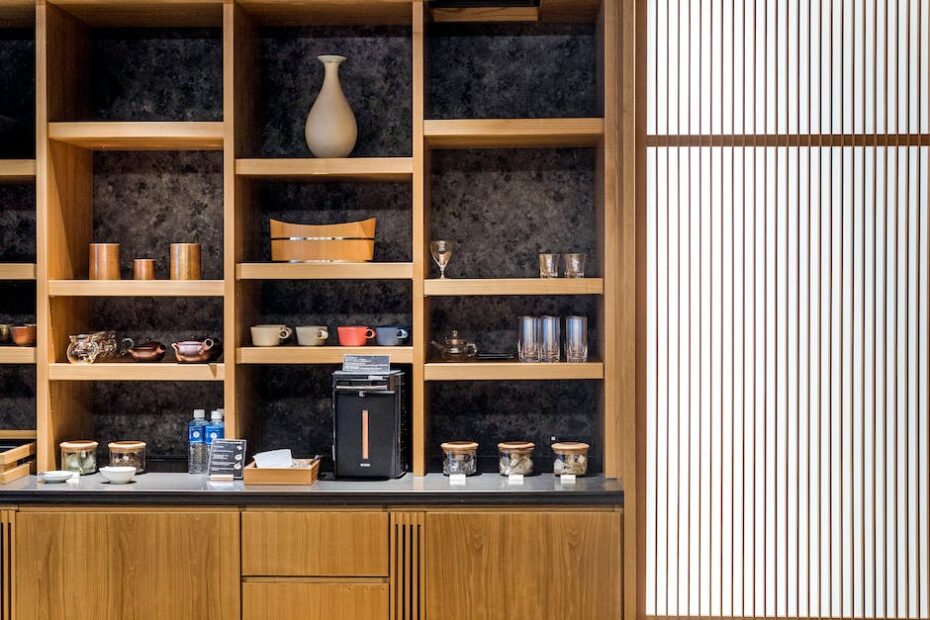Introduction
As we become increasingly concerned about the environment, adopting sustainable practices is essential in every aspect of our lives, including the design of our homes. A considerable amount of time is spent in the kitchen, and it’s a platform where we can significantly impact our environmental footprint. This article delves into fabulous and practical environment-friendly kitchen design ideas aimed at reducing waste, energy consumption, and encouraging sustainable living.
Eco-Friendly Materials
The choice of materials used in your kitchen plays a crucial role in creating a green kitchen. Opt for cabinets, countertops, and flooring made of reclaimed or recycled materials. Bamboo and cork, for instance, are excellent options as they are renewable, durable, and available in various attractive styles. You can also consider repurposed items like wooden pallets for shelving or furniture.
Energy-Efficient Appliances
Energy Star-rated appliances may cost more upfront; however, they are more efficient, eco-friendly, and help to save money in the long run due to reduced electricity bills. When selecting kitchen appliances such as refrigerators, dishwashers, and cookers, look for those with excellent efficiency ratings to help preserve our planet’s resources.
Smart Lighting
Lighting does not only illuminate your cooking space but also contributes significantly to the overall aim of having an eco-friendly kitchen. LED light fixtures are the ideal choice as they consume 90% less power than incandescent bulbs, and can last up to 15 times longer. And, you can use these energy-saving bulbs in not just overhead fixtures, but also accent lights. Natural light, moreover, is another excellent way to save energy. Plan a kitchen design that allows as much daylight in as possible.
Water Conservation
The kitchen is one area in your home where water use is high. Water-efficient fixtures like modern faucets that come with an aerator can cut back your water usage by limiting the flow rate. Also, consider installing a greywater system to reuse the kitchen’s sink water for gardening or flushing toilets.
Proper Insulation
Use sustainable insulation like cellulose, which is a plant fiber, or wool in your kitchen walls and ceiling to maintain an ideal temperature. Efficient insulation will need less heating in the winter and air conditioning in the summer, significantly cutting down on energy usage.
Less Waste
Plan for a kitchen design that also promotes recycling and composting. Set up a recycling station for paper, plastic, and glass, and a compost bin for fruit and vegetable scraps. This will motivate you to reduce landfill waste, turning your waste into something useful for the environment.
Conclusion
Creating an eco-friendly kitchen doesn’t necessarily imply forgoing style or luxury. It is about sensible design choices that influence the environment positively. In addition to a high-functioning cooking space, you can achieve a green kitchen design that is elegant and preserves our planet’s health. The initial investment may seem significant, but the long-term benefits, both financial and environmental, make it a worthy choice. It’s time to go green in our kitchens and show our commitment to making a difference to the world we live in!
